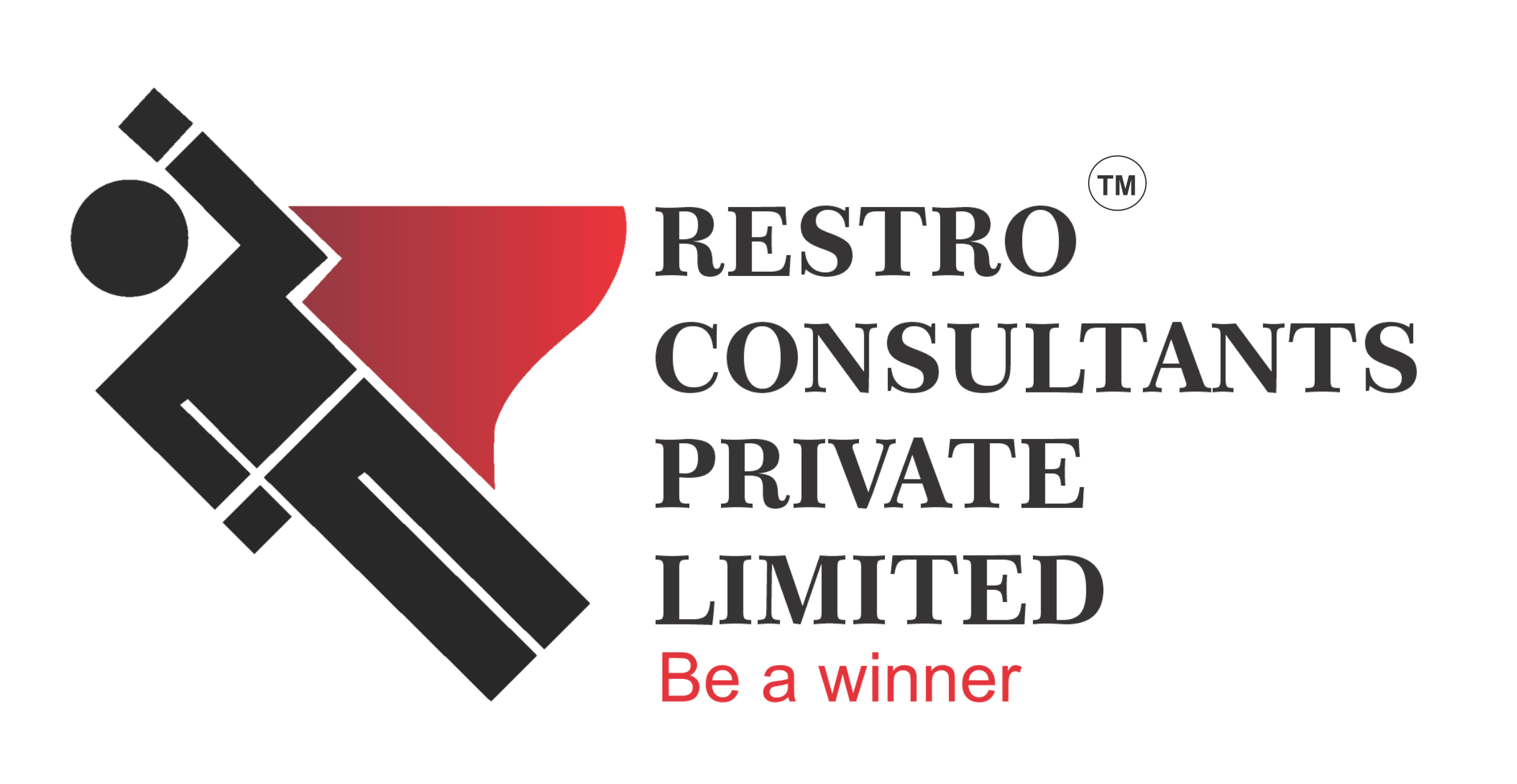Restaurant Cost Control Services – Maximizing Profitability Through Smart Management
At Restro Consultants, we understand that maintaining control over operational costs is critical to the success and profitability of any restaurant. Our expert team specializes in developing effective cost control strategies that help restaurant owners optimize their resources, reduce waste, and improve overall financial performance without compromising on quality or customer experience.
Our Restaurant Cost Control Services Include:
Food Cost Analysis & Optimization
We conduct a detailed analysis of your food costs, helping you identify areas where savings can be made. Our team works with you to optimize ingredient sourcing, portion control, and menu pricing to ensure profitability while maintaining high standards.
Menu Engineering
By strategically designing your menu, we help maximize profits on high-margin dishes and minimize waste. We analyze item popularity, cost vs. sales, and profit margins to create a balanced and profitable menu that appeals to your target audience.
Inventory Management
Poor inventory control can lead to excessive waste and increased costs. We implement efficient inventory management systems that help track stock levels, prevent over-ordering, and reduce spoilage, ensuring you only purchase what’s needed.
Portion Control Training
Proper portion control is essential to managing food costs. We provide staff training on portion sizes, kitchen scaling techniques, and the proper use of measuring tools to ensure consistency in portioning, reducing food wastage and cost overruns.
Labor Cost Management
Labor costs can quickly add up, impacting your bottom line. We assist you in creating staffing schedules based on peak business hours, setting productivity goals, and implementing effective labor management strategies to optimize workforce efficiency.
Supplier Negotiations & Purchasing Strategy
We help you establish strong relationships with suppliers and negotiate better pricing for ingredients, equipment, and other essentials. Our purchasing strategies focus on bulk buying, seasonal ordering, and sourcing high-quality ingredients at competitive rates.
Waste Reduction Programs
Reducing waste is an essential part of controlling costs. We design waste management programs that focus on efficient food usage, recycling, and responsible disposal, ultimately reducing the environmental impact and lowering expenses.
Cost Monitoring Tools & Software Implementation
Using advanced cost-monitoring software, we provide real-time tracking of expenses related to food, labor, and other operations. These tools allow you to monitor key performance indicators (KPIs) and adjust your cost control measures accordingly.
Recipe Standardization
Standardizing recipes ensures consistency in taste, quality, and portion sizes. We help you create recipe guidelines for your staff to follow, reducing variations and keeping food costs within budget.
Profit & Loss (P&L) Statement Review
We regularly review your P&L statements to identify cost-saving opportunities and potential areas of improvement. Our consultants offer actionable insights that help you increase profit margins and reduce unnecessary expenses.
Why Choose Restro Consultants for Your Restaurant Cost Control?
- Proven strategies that reduce food, labor, and operational costs
- Customized solutions that fit your restaurant’s specific needs
- Comprehensive support in supplier negotiations, inventory management, and waste reduction
- Implementation of advanced cost-control tools for real-time monitoring
- Ongoing guidance to maintain long-term cost efficiency and profitability

